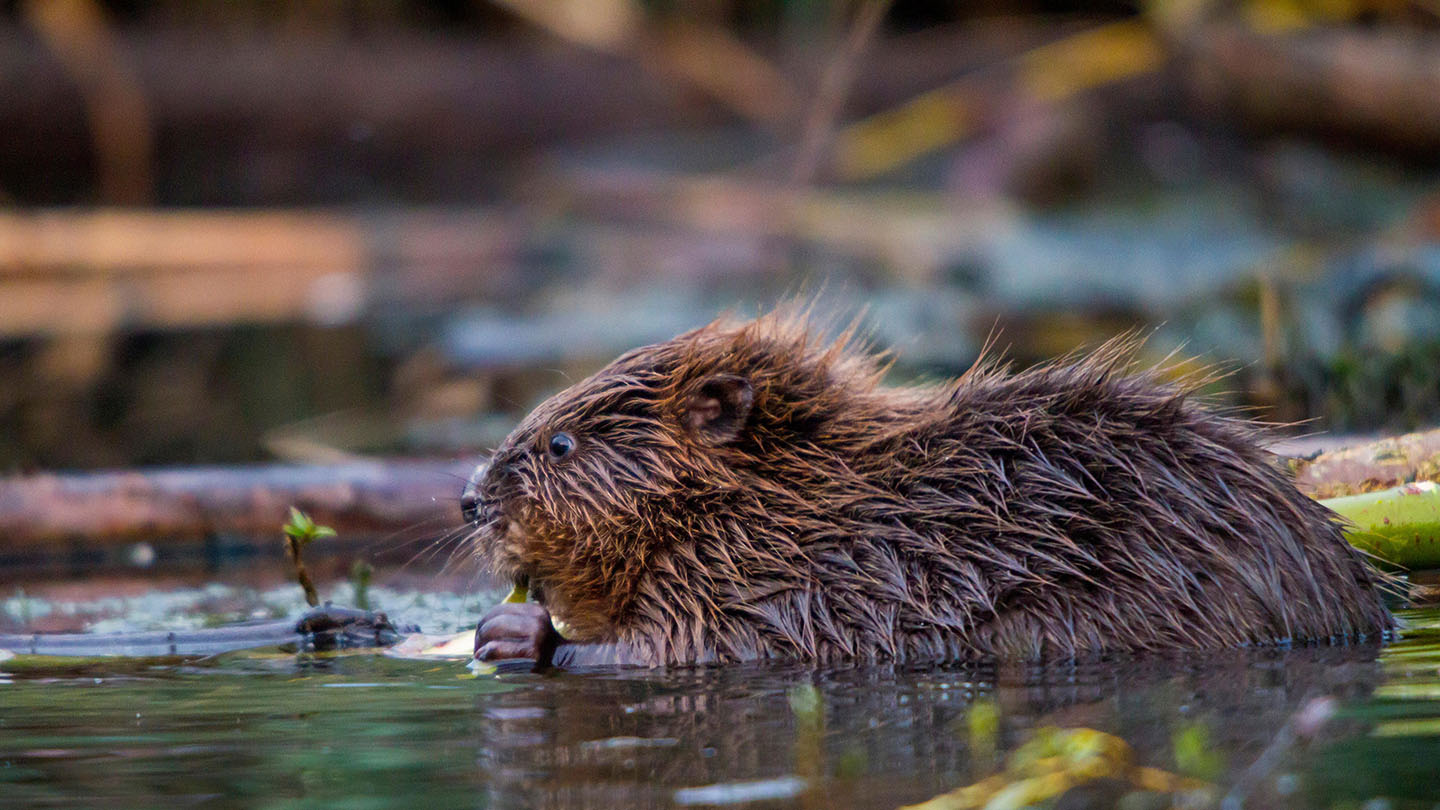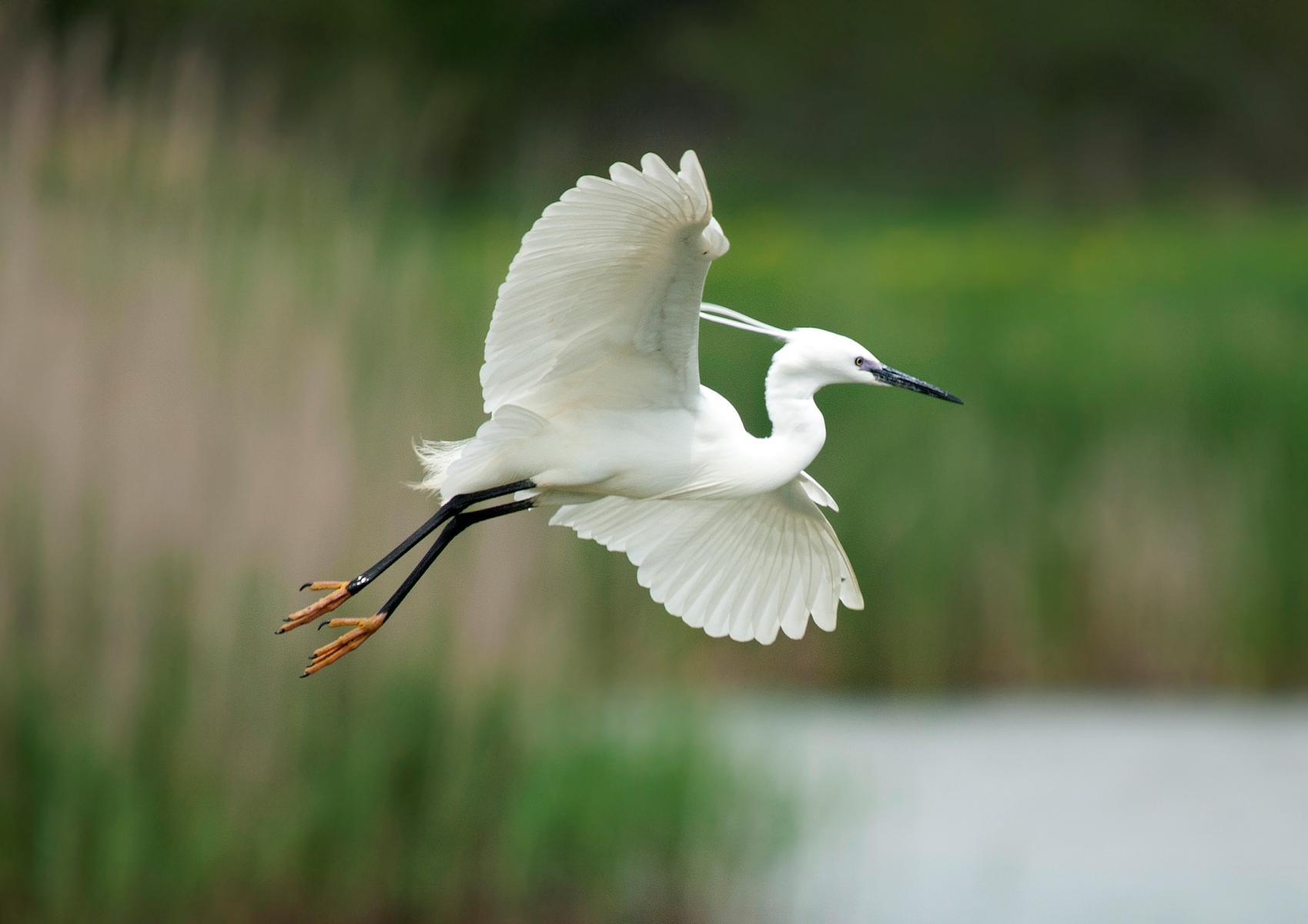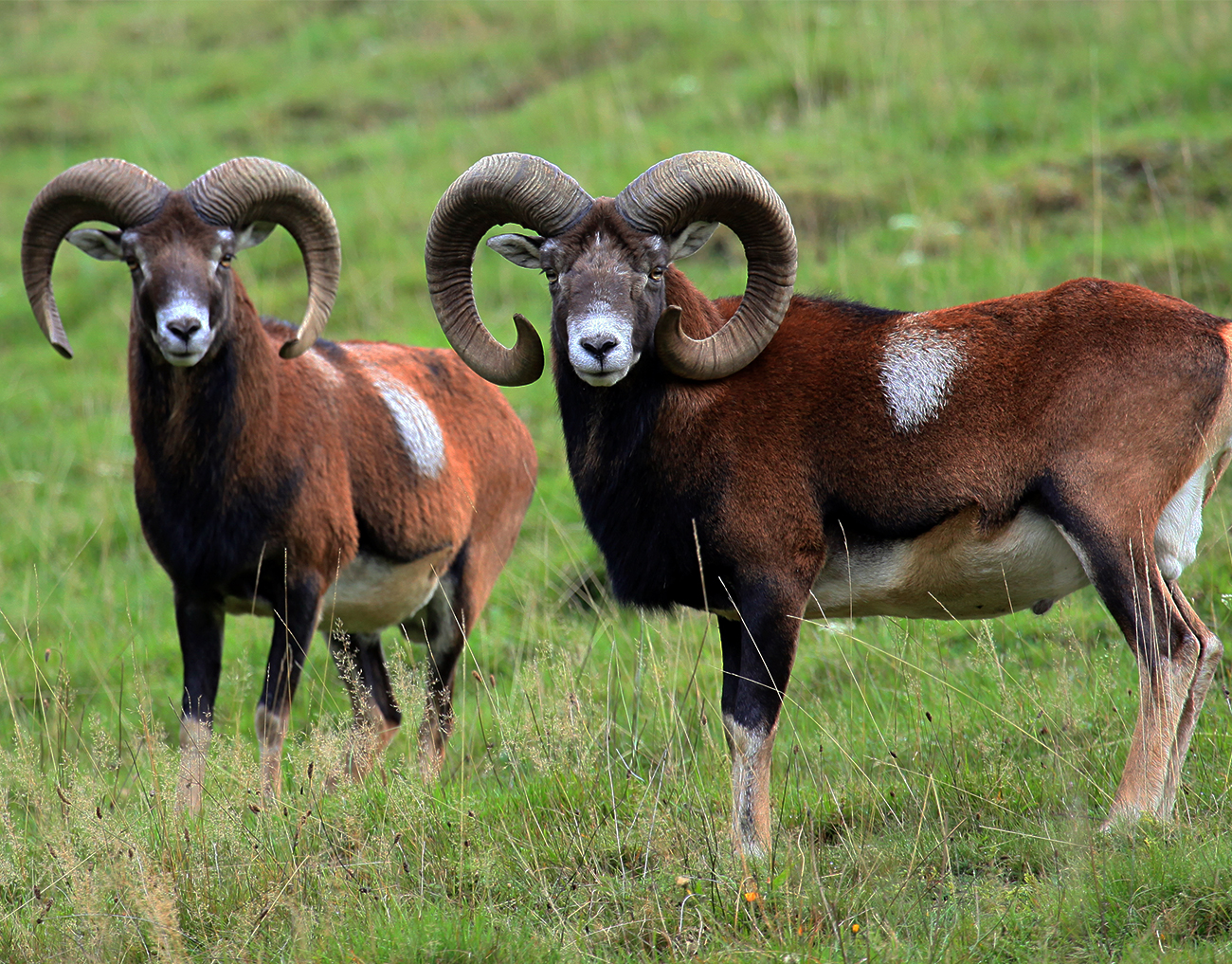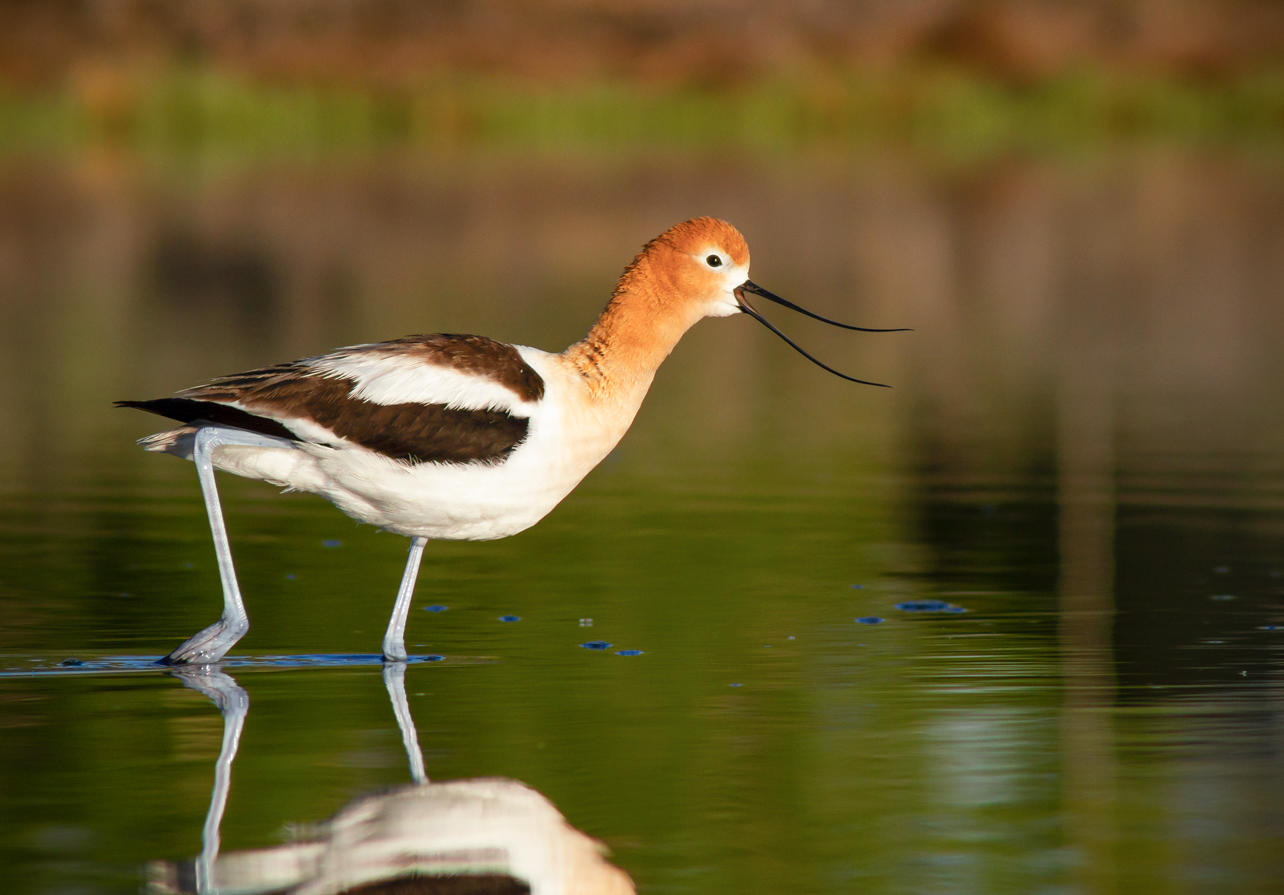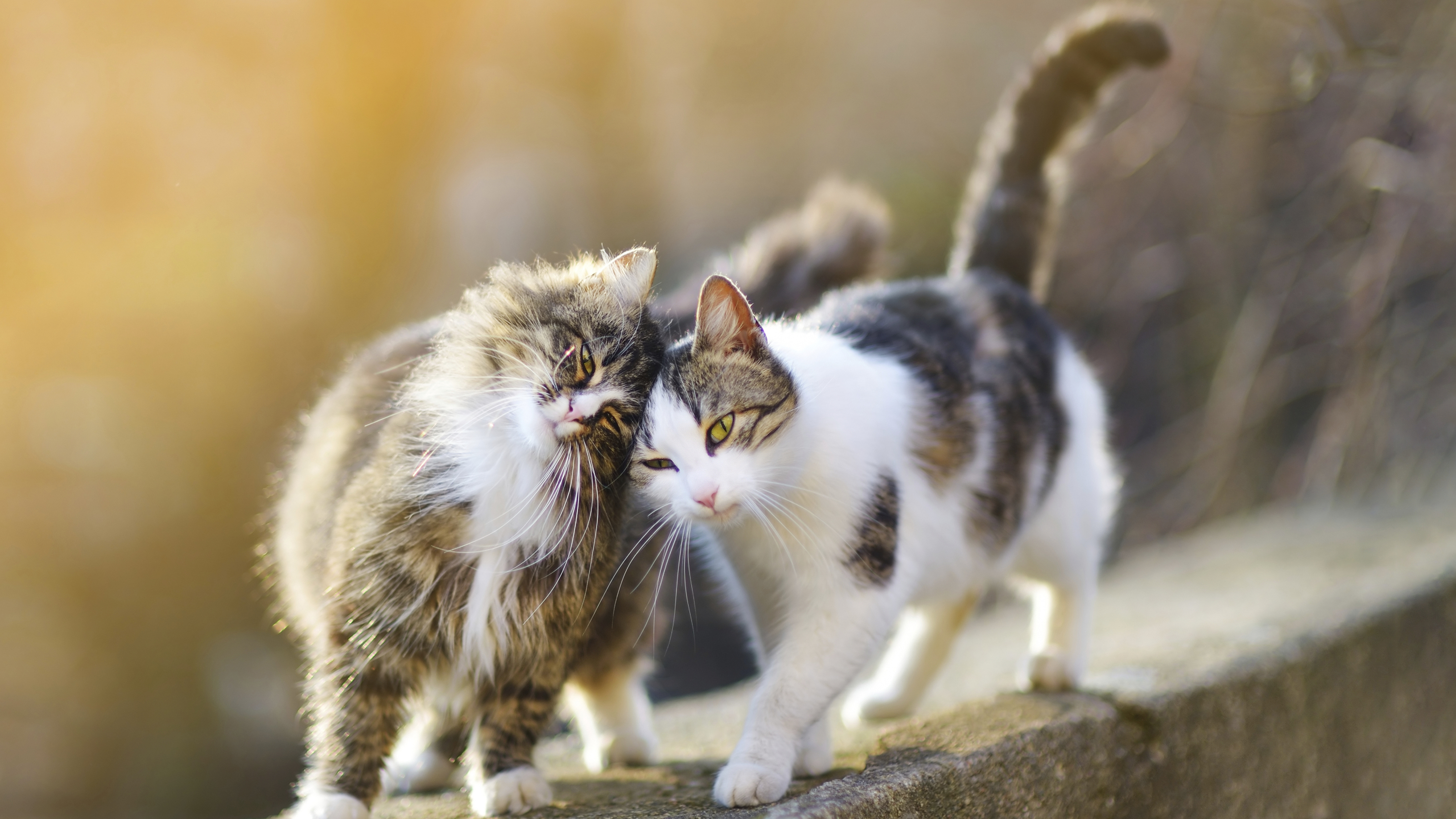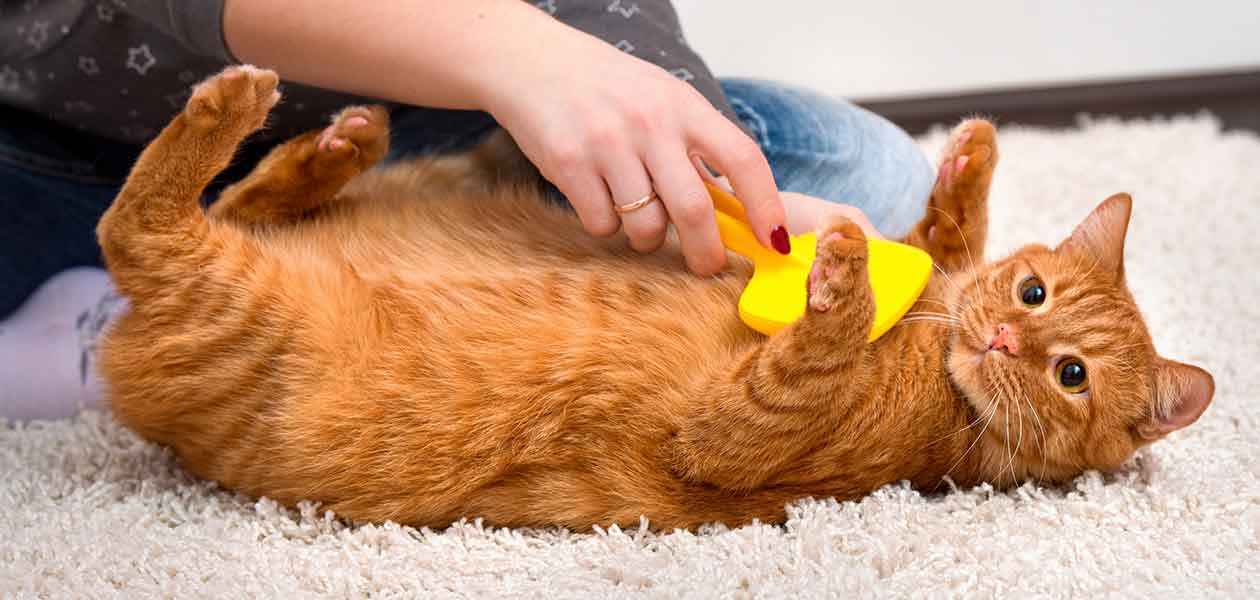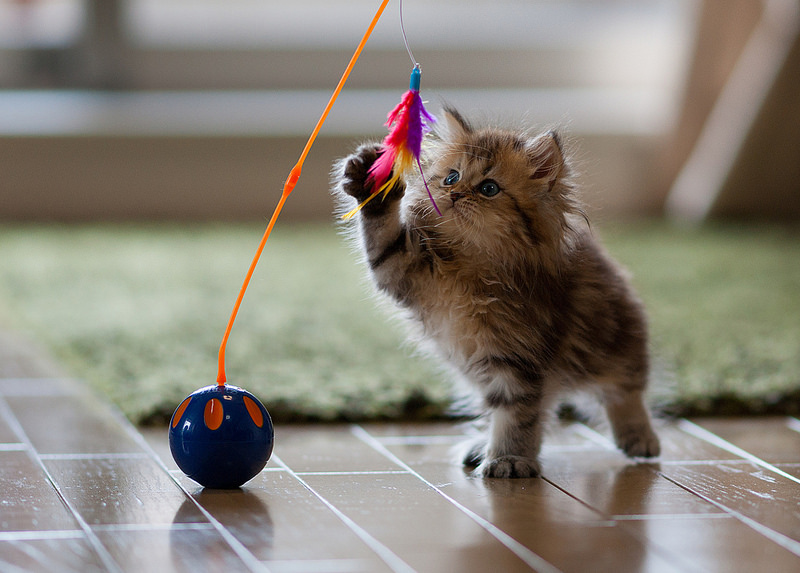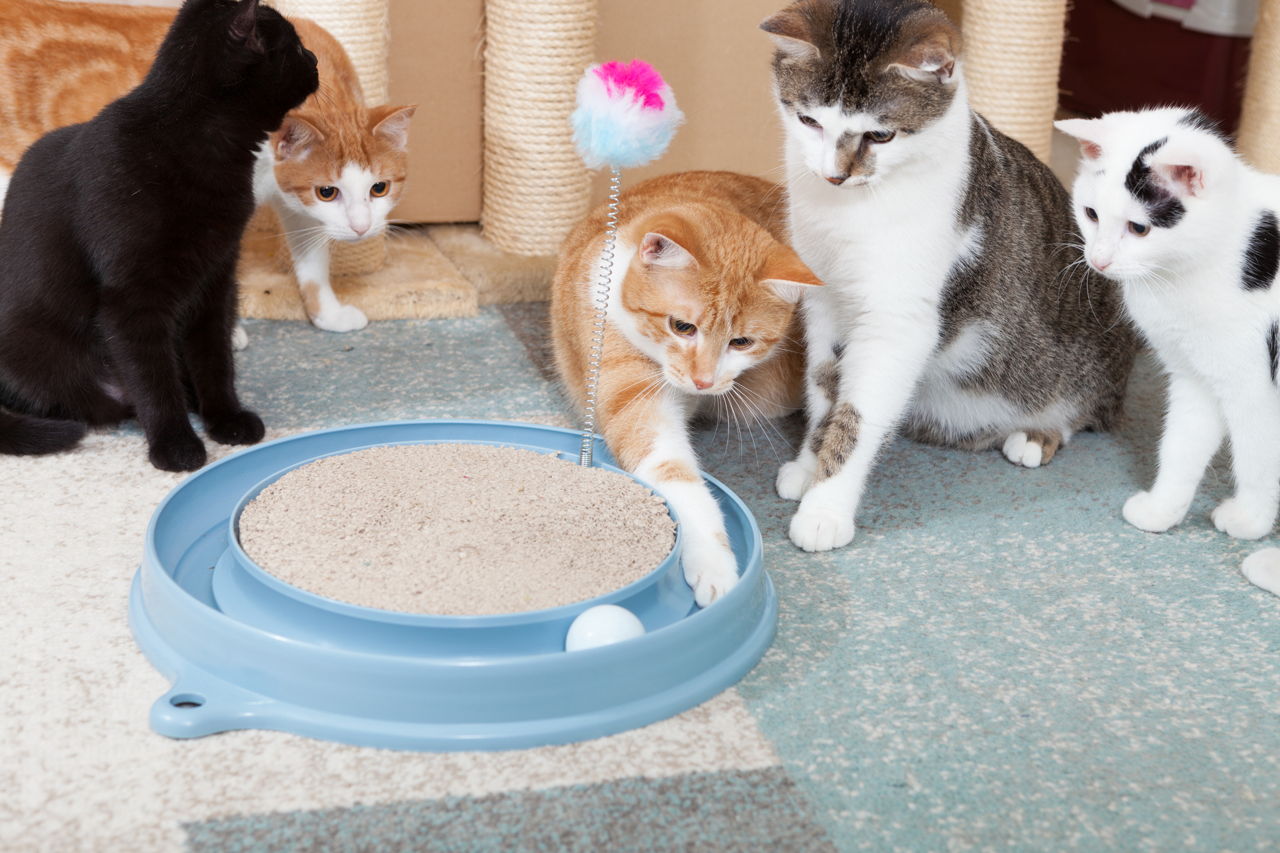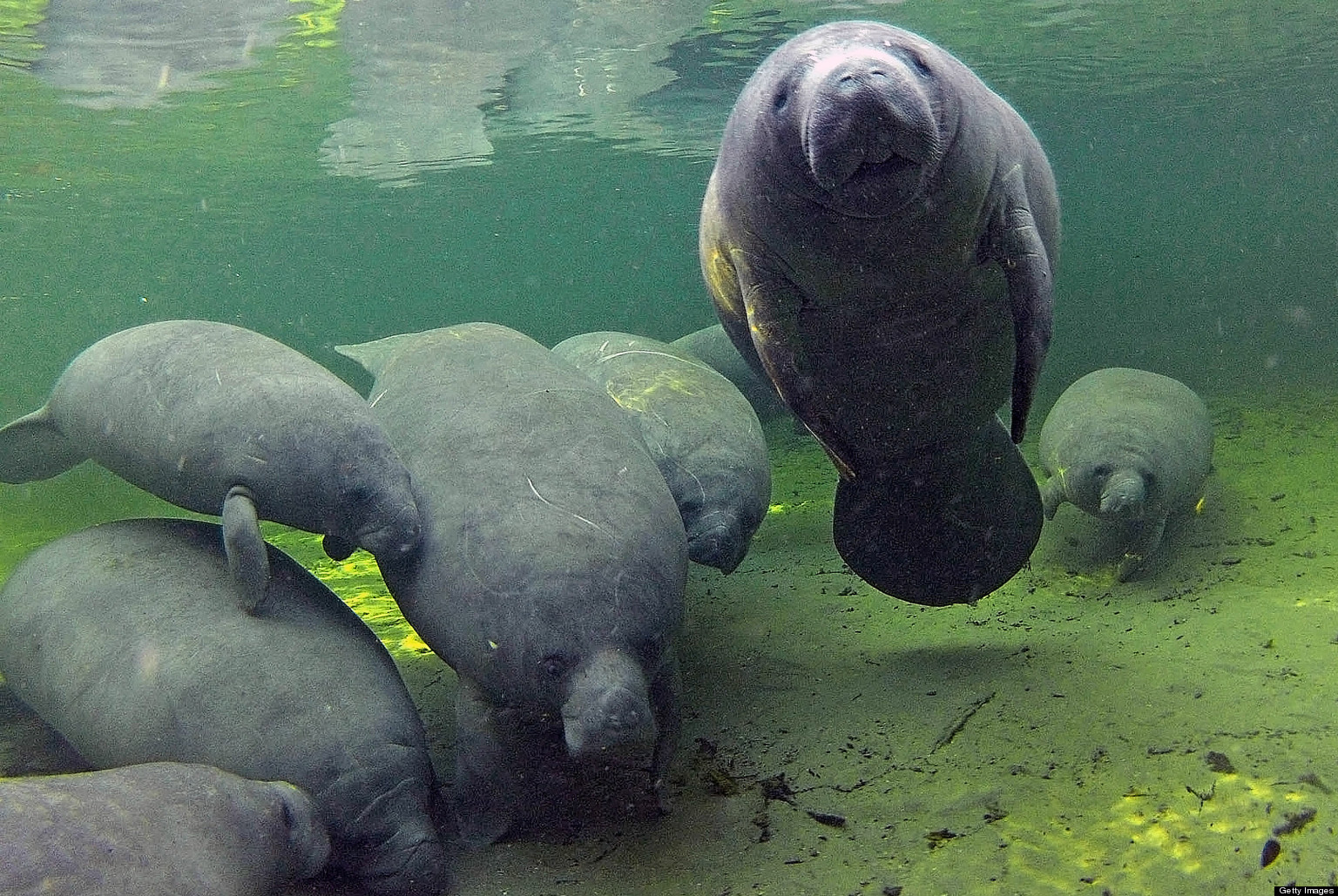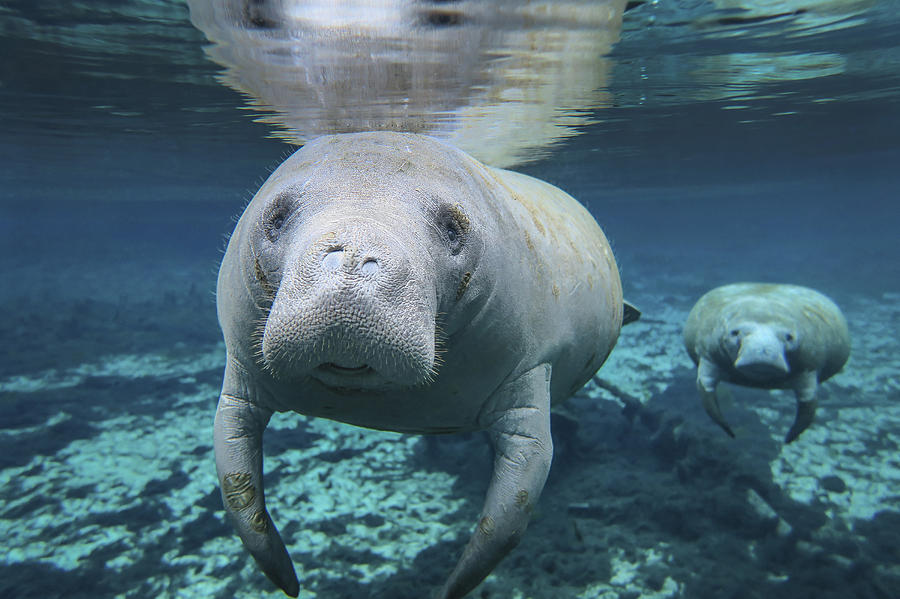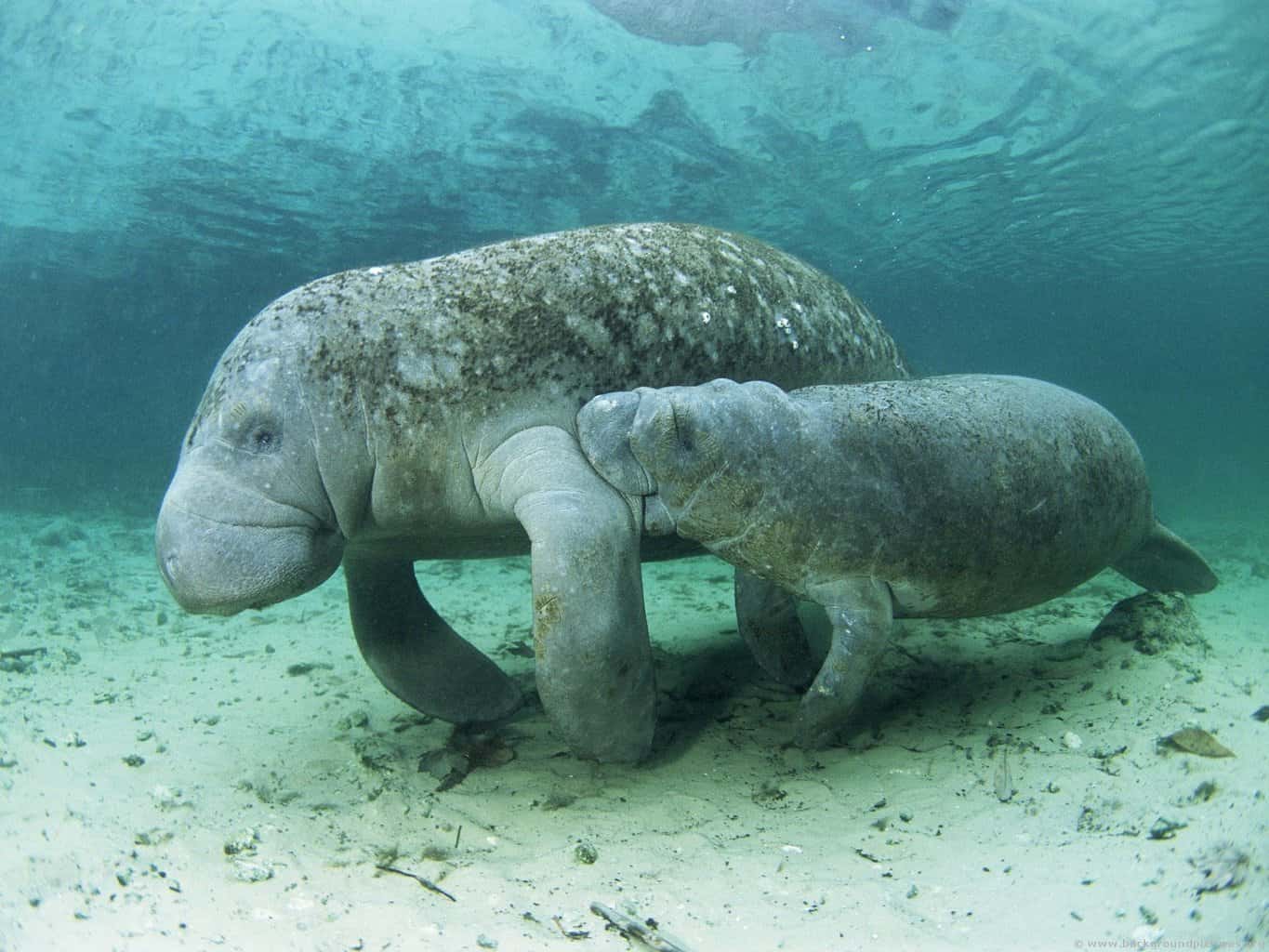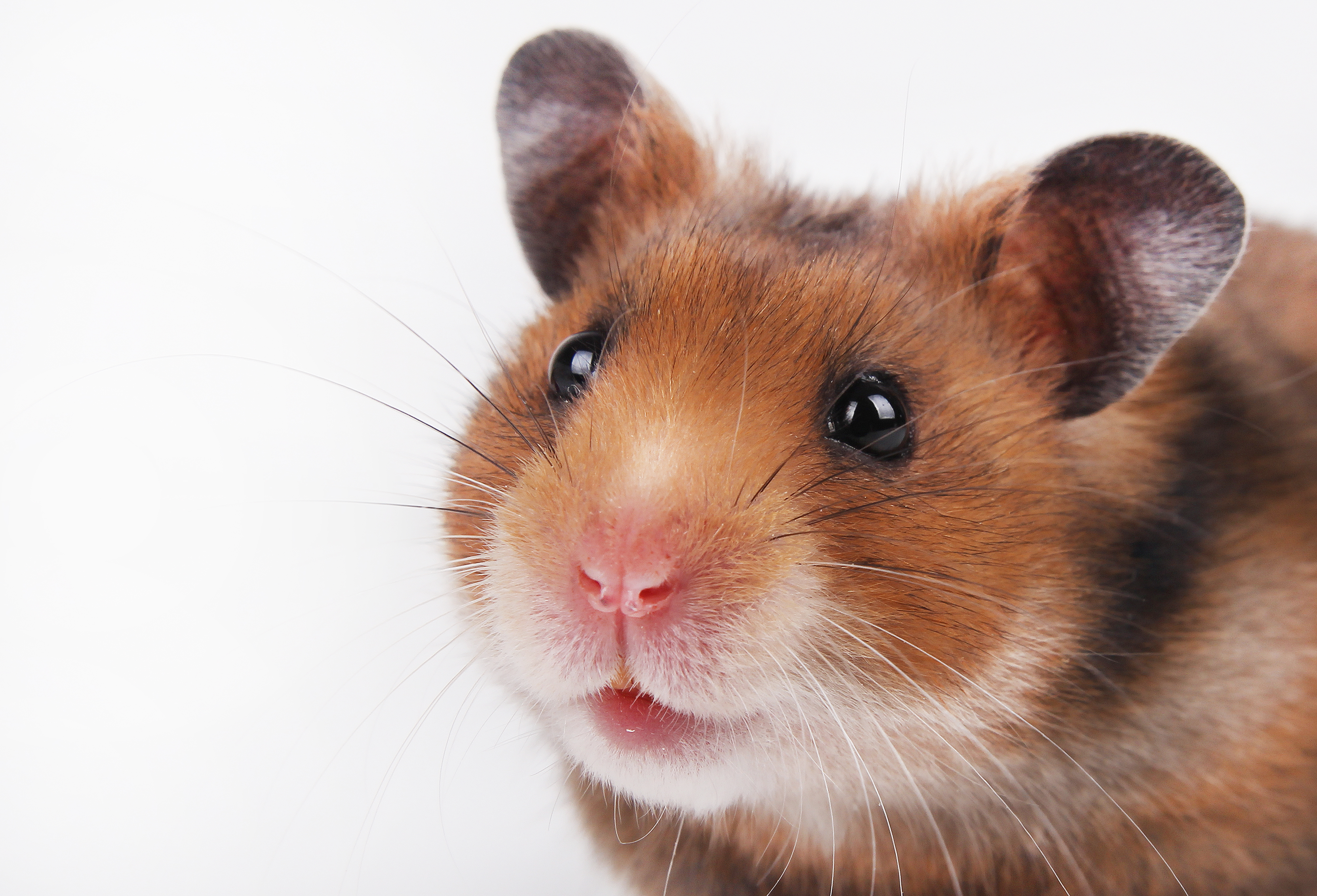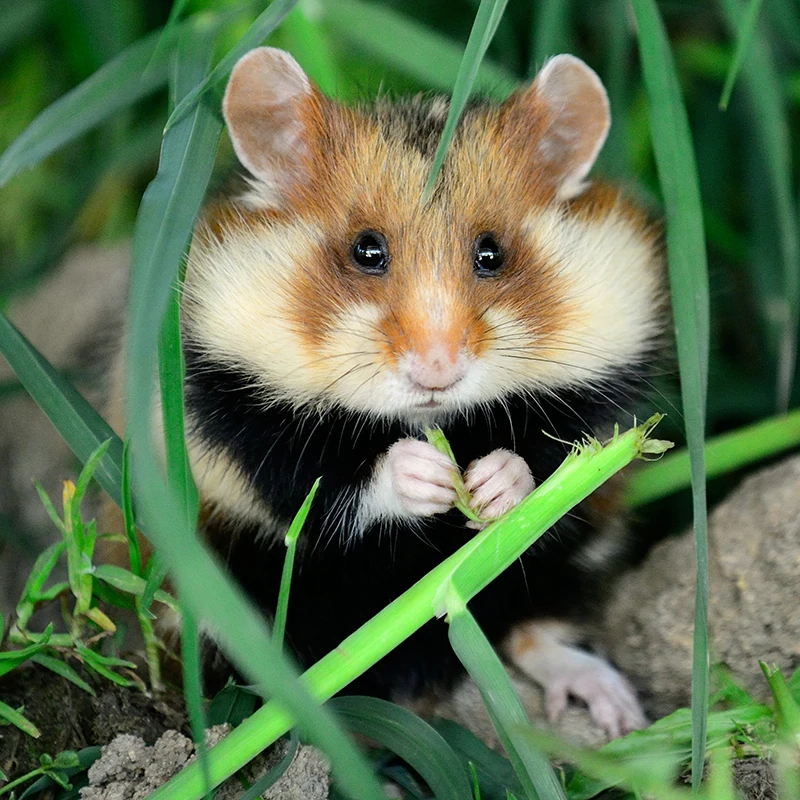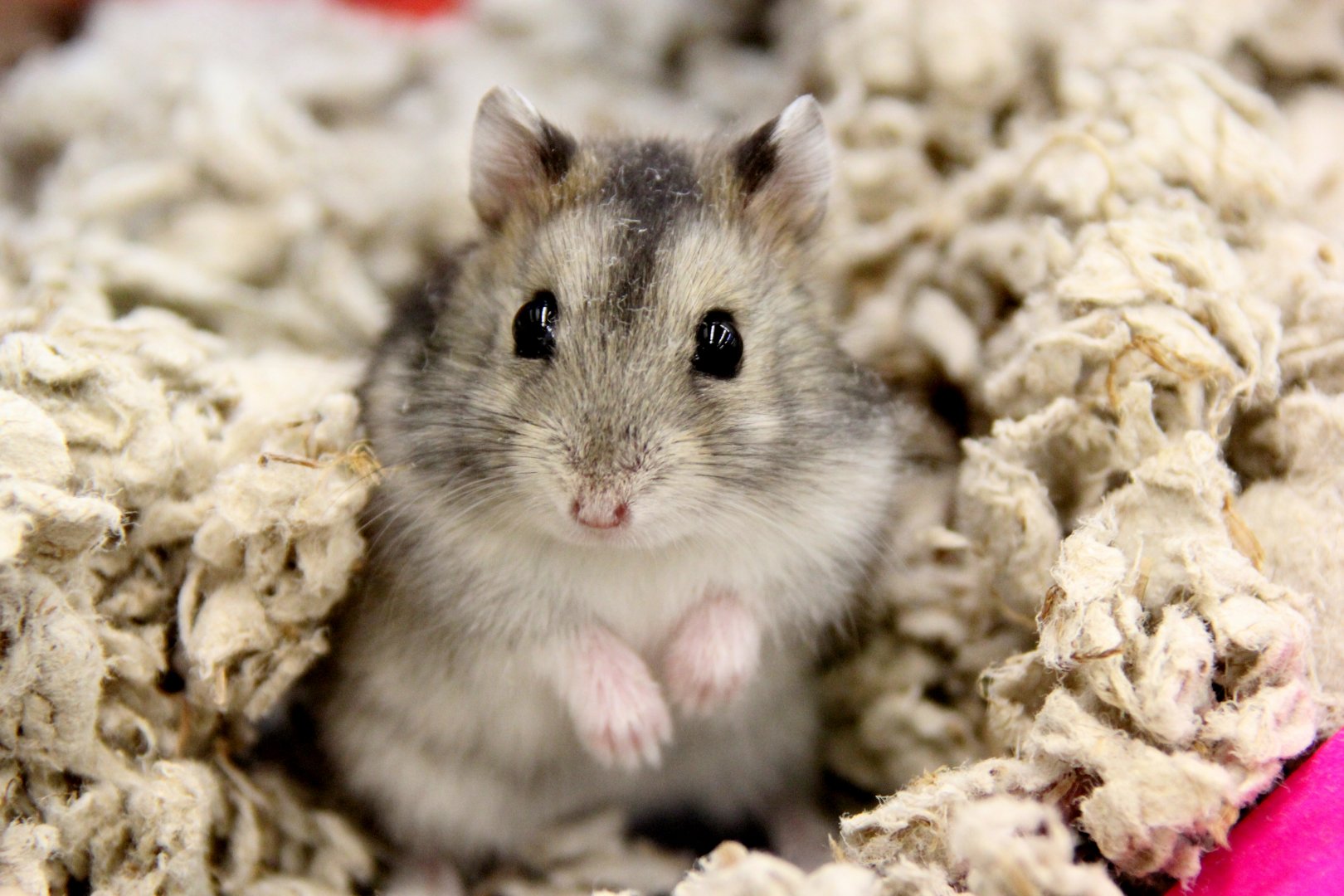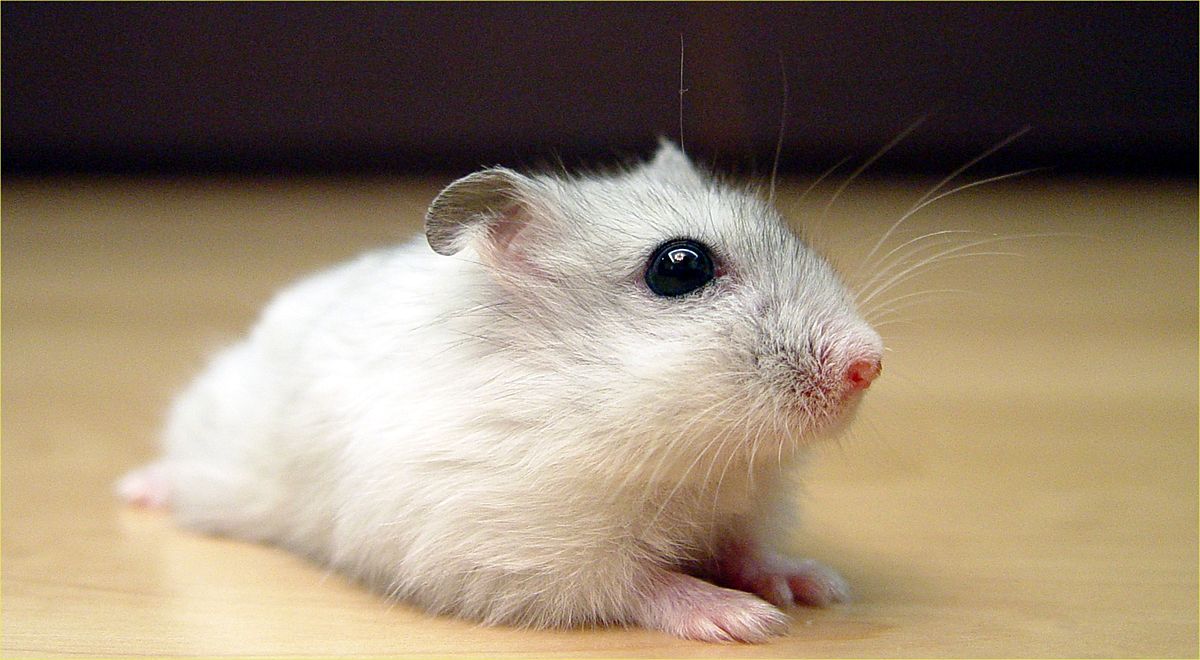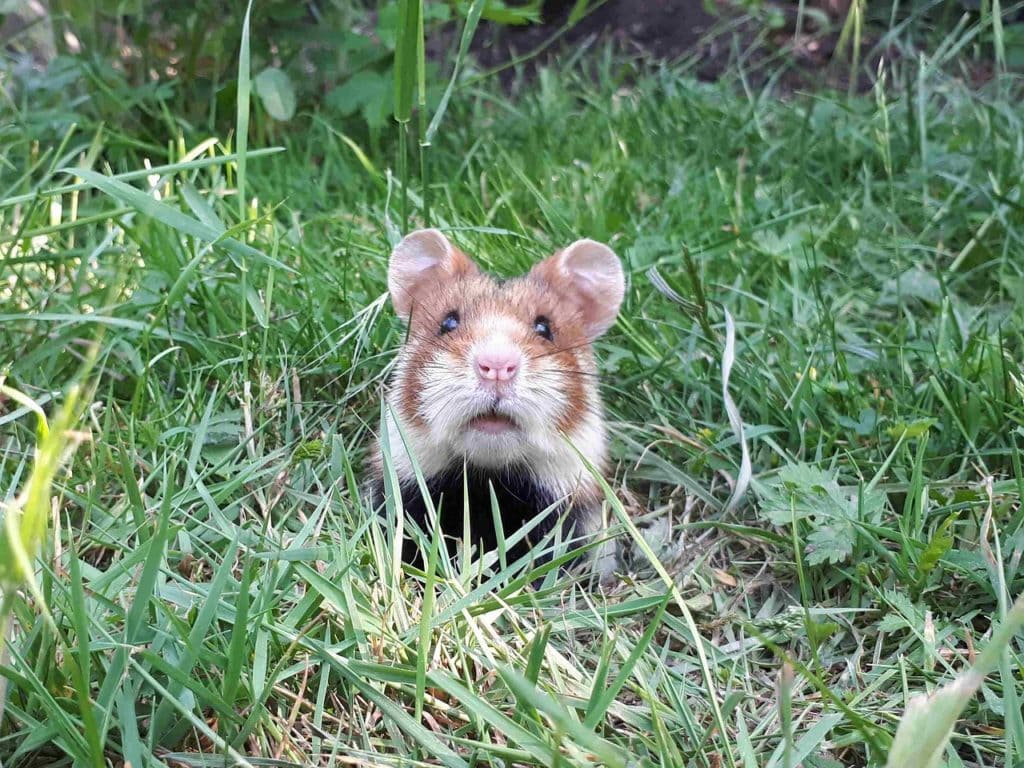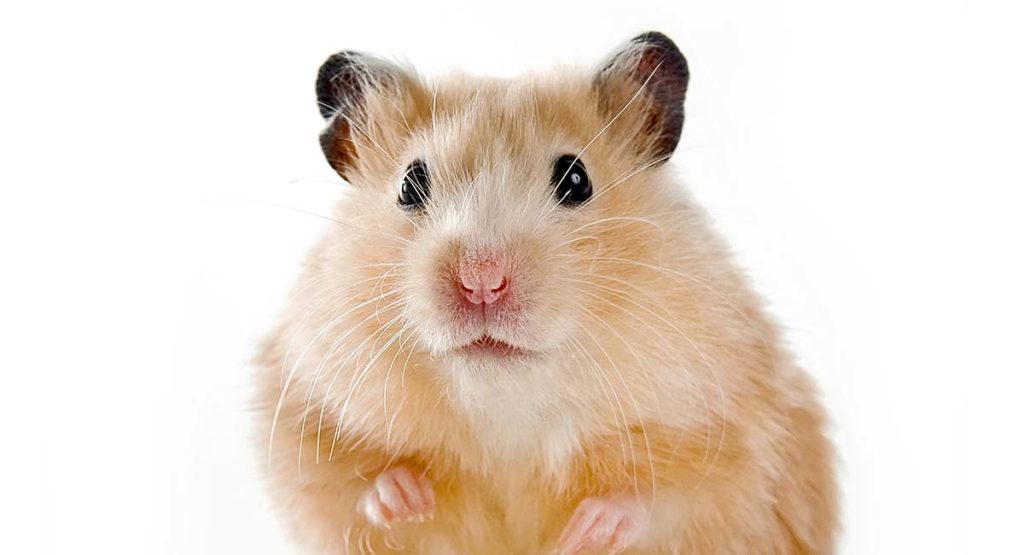Saturday, February 26, 2022
Feb. 23/2022
Wednesday, February 16, 2022
Feb. 16/2022
"Throughout history, cats have been held in high esteem, adored, & even worshipped, so it's no surprise multi-cat households have existed for eons.
Among the most obsessed & prominent cat lovers for whom one cat was not enough were the Ancient Egyptians, writers Mark Twain (19 cats) & Ernest Hemingway (42 cats), & many other renowned authors, poets, & artists; as well as Empress Catherine the Great, Pope Paul II, & presidents of the United States, Abraham Lincoln & Calvin Coolidge, whose multiple felines called the White House their home.
If you have a passion for cats & share your home with a more modest 2, 3, 4, or even more cats, you are among millions of Americans who share their hearts & homes with multiple cats. Carefully managed multi-cat households can hum along nicely like a well-oiled machine — most of the time. In multi-cat households, the key is knowing how to avoid cat disagreements.
It's truly distressing when your cats are not getting along, so if you're wondering how to keep the peace, read on to discover tips & ideas that will help keep your multi-cat household purring along smoothly.
The most important guidelines for multi-cat households
The number one rule for multi-cat households is to spay & neuter all your cats...
Second, eliminate stress & competition...
Third, keep your cats' environment meticulously clean.
Fourth, learn to read cat body language, which is your best heads up on how your cats are feeling at any given time.
Make sure you have enough litter boxes
Multi-cat households need enough litter boxes so that every individual cat has his own, plus one extra. So if you have 4 cats, you need 5 litter boxes. Also, the type of litter you use should be accepted by all the cats, & if you find one cat is going outside the litter box, it could be that cat dislikes the litter, or it could alert you to a health issue. Sometimes, you will need to experiment with different clumping litters; including clay, pine pellets, pine dust, corn cob, & others to determine which works best for all the cats.
Dirty litter boxes are stressful for cats. In addition to scooping each litter box daily, you will need to thoroughly clean all the litter boxes at least every 2 weeks, or more often depending on how many cats you have & refill the box with fresh litter. Keep in mind, that the litter box itself & the litter scoop should be replaced at least once per year, says Dr. Debra Primovic, DVM.
For households with many cats, you might also consider a self-cleaning litter box to do some of the work for you.
Plenty of sleep & relaxation space
In multi-cat households, make sure you have plenty of sleep space because so much of a cat's day is spent relaxing & napping. Towel-lined baskets, boxes, & cat-dedicated blankets & pillows on your sofas & chairs provide lots of cozy lounging & sleeping space where each cat can be on her own or cuddling with her favorite feline housemate.
Mealtime essentials
Every cat in multi-cat households should have their own food bowl to prevent competition during mealtimes. Having several food bowls & bowls of water throughout your house is ideal. Self-feeding works well, too, keeping dry food available at all times — hungry cats are cranky cats.
Bonding one-on-one
Many cats crave attention, while others don't need as much. Getting to know your cat through one-on-one bonding sessions is the key to understanding each of your cat's personalities & needs for affection & attention. Making each cat feel special is essential because when you have a number of cats, little nuances can be missed — cats can feel left out & a stressed-out cat can be overlooked. If an animal is brought home from a shelter, for example, only through spending quality time individually with him will you really understand his unique needs, thus be better equipped to provide what he needs to thrive in his new multi-cat household.
Make playtime a priority
Cats need enrichment & active play is a priority, especially in multi-cat households. Make sure you have enough toys for all your cats, & interactive toys like feather wands are perfect for spending quality time with you...
Cat trees, vertical space, & scratching posts
Cat lovers know that cats love vertical space as well as little hideaways. For an ideal multi-cat environment, install cat shelves & perches for climbing & lounging. Cat trees are available in amazing configurations & provide the perfect vertical space for your cats. Rope & sisal-covered trees also provide the much needed scratching posts & ensure you have enough vertical space to go around so that every one of your cats has a perch & a post to call her own.
Keep cat hair & odor in check
Cats are fastidious creatures, & while many of us are as well, managing multi-cat households takes extra work. All that cat hair & odor needs to be kept in check.
And like you, cats love freshly laundered bedding & pillows so you'll need to keep their cat beds clean & fresh. If they play with soft toys like fabric mice or anything that's washable, ensure you wash the toys regularly. Also, keep food & water bowls sparkling clean at all times.
Depending on how many cats you have, you will be spending a portion of every day morphing into a cleaning ninja & vacuuming often because cats also love clean floors, carpets, & generally like their whole environment to be clean & fresh-smelling otherwise they can become stressed.
Pheromones, catnip, & a pocket full of treats
To keep your cats' environment tranquil, you might consider synthetic cat pheromones in plug-in diffusers that replicate a cat's own 'happy pheromones'. Keep in mind that we don't have hard evidence that synthetic pheromones are effective. However, some people report success with them. Alternatively, good, old-fashioned dried catnip works just fine, too.
A pocket full of tasty treats comes in handy when you live with multiple cats. Arguments can flare up quickly between cats if they do become stressed. You may be able to deflect their irritation & quell their anger by softly calling them, then tossing some treats their way so that they focus on snacking, & often forget what made them mad in the first place.
Conclusion
Stress triggers mild disagreements & full-on catfights in multi-cat households. Consistently keeping the peace in multi-cat households requires keeping stress at bay by cleaning your cat's environment thoroughly on a daily basis, giving each of your cats ample attention, eliminating competition for food, toys, & litter boxes, offering enough playtime, & providing adequate vertical space for all your cats to hang out &, sometimes, chill out.
And, importantly, you should thoroughly learn your cats' body language, an early warning alert for problems, so you can step in & avert a disagreement.
Creating a tranquil atmosphere is important & synthetic cat pheromones or catnip keeps your cats in their happy place. And, just in case, keep a pocketful of treats."
Susan Dorling
July 9/2020
cuteness.com
Cute Critter Pics:
Weekly Chuckle:
Wednesday, February 9, 2022
Feb. 9/2022
5 Interesting Facts You Didn’t Know About Manatees
"Manatees are strange yet adorable creatures, often referred to as 'the cow of the sea'. Manatees can reach up to 10 feet in length & weigh up to 1,200 lbs, so it’s easy to see why so many refute the idea that manatees are the original cause of mermaid myths...
1. They move about as fast as we walk.
Manatees generally move slowly, at less than 5 miles per hour when they’re going about their daily routine... If a manatee believes they are in danger or need to swim quickly, they can get up to 15 miles per hour in short bursts.
The average lifespan of a manatee is around 40 years, or, in the case of the Florida subspecies, up to 60 years!
2. While they’re often called sea cows, manatees are actually distant relatives of elephants!
Manatees & elephants share tough skin, a trunk-like snout (though we often think of their noses more like a muzzle), bristle-like hair, teeth that grow throughout their life, & toenails on their flippers. While manatees share no heritage with cows, manatees do share a slow, peaceful, & occasionally curious disposition with their bovine friends.
3. They’re not fans of cold water, staying in waters at least 60 degrees Fahrenheit.
They prefer to swim alone or in small groups & they tend to favor shallow water of about 6 or 7 feet deep. These creatures may move slowly but they are active creatures, surfacing for air every 4 or so minutes. But if they’re tired, they can stay under the water for up to half an hour at a time as they rest.
4. Despite their size and blubber content, manatees are primarily vegetarian.
Unlike many of their omnivorous oceanic neighbors, manatees survive mainly on seagrasses & mangrove leaves... Manatees love to graze & can typically eat about 120 pounds of food every day (that’s around 10% of their body weight!).
5. Manatees play a vital role in the ocean’s ecosystem as they keep the seagrass short & healthy.
Seagrass is important in stabilizing the marine ecosystem as it provides food & shelter to countless oceanic beings. However, when it grows too long the base of the seagrass starts to become unhealthy."
freetheocean.com/journal/interesting-facts-about-manatees
Cute Critter Pics:
Weekly Chuckle:
Thursday, February 3, 2022
Feb. 2/2022
"When we consider the hamster, the small rodent often found in pet stores, there are so many places our minds may take us. Adorable images of whiskered fluffballs with cheeks full of food, running happily on a wheel, burrowing joyfully in some litter shavings, flash before us. Hamsters make fantastic pets, but where do they live when they aren't in our homes & hamster cages?
What is a hamster?
Hamsters are small rodents native to parts of Europe, Asia, & the Middle East. They are related to voles, lemmings, & mice, but unlike our common house pets, wild hamsters are more aggressive. Some wild hamsters, like the black-bellied hamster that lives in parts of Europe, can't be tamed & are much larger than the hamster's we keep in our homes. These small rodents are easily distinguished because they don't have long tails or big ears. Hamsters, with their short stubby legs, tiny ears, & short tails aren't easily confused with their mousey cousins.
Where do hamsters live?
Pet hamsters generally are related to the Syrian golden hamster, but they are far removed from their wild ancestors. In fact, only 5 species of hamsters are pets. While pet hamsters live in cages, hamsters in the wild burrow deep underground. Syrian & Mongolian hamsters sometimes will burrow up to 10 feet or more in order to avoid high desert temperatures. Since hamsters don't have sweat glands, it is important that they can keep cool. Some hamsters, like those who come from more northern regions such as the European hamsters in France, Austria or Russia, will have long fur to keep them warm in winter. If it gets too cold, hamsters will hibernate, only waking periodically to eat.
Wild hamsters are also very territorial & will fight any who come into their claimed space & burrows. Some hamsters, like the Campbell hamsters that live in parts of China & Mongolia, will actually steal other rodent's burrows so that they don't have to dig their own. Hamsters are also fairly meticulous. A hamster community in China will have a network of burrows with specific areas for storing food, sleeping or waste.
What do wild hamsters look like?
Wild hamsters generally have more markings than their pet cousins in order to better blend into the terrain around them. Hamsters from desert regions may be pale yellow or golden, or reddish brown with stripes which reflects the rocky deserts of Asia & the Middle East. European or Russian wild hamsters are thinner & smaller than house pets & might have longer fur. Chinese hamsters are smaller & look a little bit like mice with their longer tails & grey-brown fur. All hamsters have small ears, whiskers, & short legs. Hamsters have poor vision so depend heavily on their hearing, sense of smell, & whiskers to know the world around them.
How long do wild hamsters live?
Like many small rodents, hamsters don't have very good eyesight & rely mostly on their ears & whiskers to get around. Hamsters in the wild typically have relatively short life spans, living only a year or 2 on average. Since they are often food for larger animals like foxes, birds of prey, cats, & other predators, Hamsters have learned to be quick & burrow deeply underground. In captivity, a hamster's life span isn't much longer. Pet hamsters might live up to 3 years, but are considered elderly when they are about a year & a half.
What do wild hamsters like to eat?
They enjoy eating grains, seeds, nuts, & fruit, & most hamsters have big puffy cheeks to collect as much food as possible before scurrying back home to eat at their leisure. In fact, it is possible that the word 'hamster' comes from the German word 'hamstern' which means hoard—a pretty apt description of how this tiny furry creature eats! Hamsters are nocturnal, which means they are most active at night & will use that time to forage for food."
Reyna Abraham
May 30/ 2019
cuteness.com
Cute Critter Pic:

